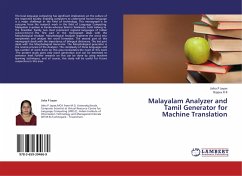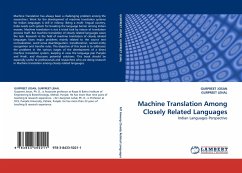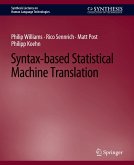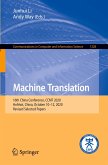Teaching computers how to translate from one human language into another is an ongoing research topic in computer science. This book explains the fundamental ideas on which statistical machine translation is based and what you need to get a real statistical machine translation system running. The core of this book is focused on different strategies that will help you minimize the time needed to train your system and to get the best translation possible. We pose the question whether it is primarily the size of your training corpus that determines the quality of translation or if there are other ways that can boost the quality of the translated text as well. What is the best approach to deal with morphologically rich languages? How important is the genre of the text? We use tools like Moses, MGIZA, SRILM and perform empirical analyses to answer these questions.








